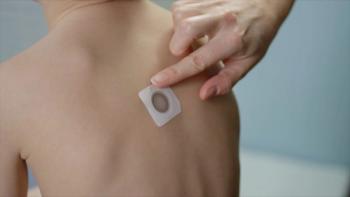
Imported measles only a plane ride away
Measles outbreaks are at their worst level in more than a decade, with almost all transmissions caused by imported cases. The Centers for Disease Control and Prevention advises on steps clinicians can take to keep an imported measles case from transmitting to an outbreak.
Domestic
To prevent imported measles from becoming outbreaks, the CDC is advising that providers ensure they have documented laboratory immunity to measles and that clinicians include measles in the differential diagnosis of patients with fever and rash, especially among patients with recent international travel.
The frequency of
Measles often is not considered in the initial differential diagnosis of children returning from international travel with a rash illness; as a result, diagnosis of measles frequently is delayed. That happened in a 2009 hospital-based outbreak, which has been investigated and the findings cited in a CDC
In that case, a child who had recently arrived in Pennsylvania from India was brought to a hospital emergency department (ED) with a rash that was diagnosed as a viral exanthema. The child was not isolated. Subsequently, 1 ED physician and 4 visitors to the ED, including 3 unvaccinated children, were diagnosed with measles in the next 3 weeks.
Of 168 hospital employees, 72 (43%) did not have measles IgG titers on record. Of the 69 employees who subsequently were tested, 8 (12%) did not have measles IgG antibodies.
The outbreak highlights the potential for measles transmission in health care settings. To decrease transmission, clinicians should know the signs and symptoms of measles, request travel histories of patients suspected of any infectious disease, and isolate potentially infectious patients.
Newsletter
Access practical, evidence-based guidance to support better care for our youngest patients. Join our email list for the latest clinical updates.






